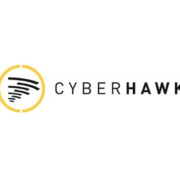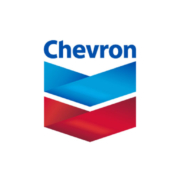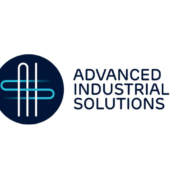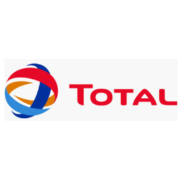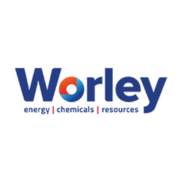Time and cost of internal tank inspections lowered by Cyberhawk
Cyberhawk Innovations has improved the safety, time and cost of inspecting cargo oil tanks on operational FPSOs using Remotely Operated Aerial Vehicles (ROAVs).
Maersk Oil, which owns and operates the Gryphon FPSO in the UKCS, traditionally inspected cargo tanks for integrity, damage assessment and class certification using rope access technicians who were suspended on ropes to inspect the tank structure, focusing on areas of high stress such as stiffeners, brackets, bracing, webs and stringers.
However, carrying out a visual inspection of the tank using Cyberhawk’s ROAV – Cyberhawk mobilised an experienced two-man ROAV team consisting of an ROAV pilot and inspection engineer – garnered many benefits.
Human risk factors presented by rope access such as working at height for sustained periods and in confined spaces were reduced. The inspection of the critical components of the tank was completed within a day, in comparison with rope access which would usually take between three and four days and significant cost savings were made. In turn, Maersk Oil could identify and more efficiently plan for any possible contact based inspections in both this and other tanks.
This inspection technique can now be applied to all large internal tanks, on vessels such as FPSOs, bulk carriers and tankers.
Malcolm Connolly, Cyberhawk’s technical director and founder, said: “We and Maersk Oil were keen to develop an effective ROAV inspection method for FPSO cargo oil tanks as well as other tanks and storage vessels. Not only have we removed one of the most significant risks associated with tank inspection, working at height, but we have also highlighted the significant cost and time savings achieved by ROAV inspection.”

